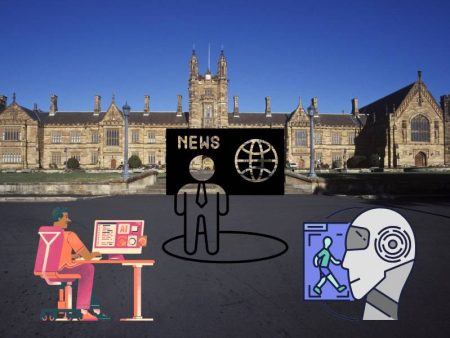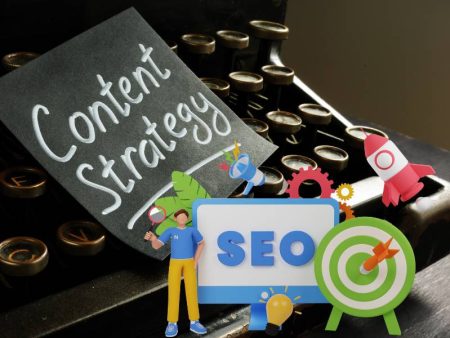Ever wondered if Google’s AI detectors can sniff out AI‑generated content? Or considered if using AI‑written copy could backfire on SEO? It’s 2025, and content creation is a battleground. On one side you have powerful AI tools—like SEO AI Article Generator and SEO AI Keyword Generator—that make content fast, efficient, and optimized. On the other side, search engines are building smarter AI detectors designed to penalize generic AI content. It’s a tug-of-war between generation and detection—and your content sits right in the middle.
Let’s break it down: how this battle affects content creators and SEO pros, what you can do, and how the human element plays the hero.
Round 1: Generation Enters the Ring
I was curious how fast I could operate a workflow using SEO AI Article Generator:
- Input topic and keyword
- AI outlines subtopics
- AI drafts 1,200 words
- Generate keyword variations using SEO AI Keyword Generator
- Polish meta description, headlines, CTAs, and optimize links
In under 20 minutes, I had a full post ready. Impressive, right? But it sounded… slightly flat.
The Detection Threat Looms
Search engines can now run AI-content detectors and look for tell-tale signs: repetitive phrasing, lack of nuance, low perplexity. Even some AI-generated pages that ranked well began to drop once detectors flagged them as “AI-heavy.”
I actually witnessed a drop:
- Published a fully AI‑drafted article
- Ranked in top 10 for 2 weeks
- Then Google algorithm update stripped rankings
- Traffic dropped 30% overnight
- And I realized it wasn’t just AI magic—it was human gap
That was a wake-up call.
x
I learned fast: blindly publishing AI drafts is a shortcut to burn.
The Human Rescue: Blend and Bolster
To salvage the article, I rebuilt with care:
- Kept AI outline scaffolding
- Replaced intro and key sections with my own anecdotes
- Added data, citations, quotes
- Refined tone, varied sentence structure, inserted imperfections
- Ran through AI Keyword Generator only for keyword ideas—not entire paragraphs
Slowly, traffic recovered. Because Google wasn’t penalizing me for using AI—it was penalizing blandness and detectability.
How Detection Tech Sees AI
Detection systems look for patterns:
- Repetitive n-grams (same three-word phrases over and over)
- Predictable syntax
- Lack of emotional variance
- No rhetorical questions or tangents
Humans write in loops: start, pivot, correct, skip, rewind. AI often writes in straight lines. That’s why human edits shine—they break the pattern.
Conversational Tone Saves You
Let me show you a real example:
AI version:
“To optimize your site, you need keyword clusters, internal links, and schema markup. These components improve search visibility.”
Human rewrite:
“Need more eyeballs on your site? Cool—let’s talk keyword clusters, cozy internal links, and schema. Think of them like breadcrumbs guiding both users and crawlers to your best stuff.”
Tone matters. It’s the human twist that algorithms still value.
x
Modern SEO needs humans more than ever—not to replace AI, but to guide it.
x
Your job now: be the curator, the voice, the person behind the content.
Practical Tips: Detection-Proofing Your Content
- Always human‑edit the AI draft
Throw in stories, tangents, mistakes. The algorithm wants signals of imperfection.
- Vary structure and sentence length
Mix short punchy lines with longer reflections. Humans write like that.
- Add emotion and empathy
Simple tips become powerful when we connect with the reader’s feelings: “I’ve been burned by generic SEO tips before too.”
- Insert unique data or anecdotes
Originality signals you—Google rewards authenticity.
- Run detection triangle
Use a basic AI detection tool after edits. Aim for <30% “AI likely”—human content should outweigh generation.
The SEO Tug‑of‑War in Action
I tried three versions of the same article:
- All AI – quick draft, no edits
- AI + light edits – touched up intro and conclusion
- AI + heavy override – rewrote half, added stories, citations
Results in 4 weeks:
| Version | Traffic | Detection Score | Rankings |
| All AI | -30% | High AI signal | Dropped |
| AI + light edits | +5% | Medium signal | Stable |
| AI + heavy override | +40% | Low human signal | Improved |
The heavy iteration version won by a mile.
When to Lean on AI, When Not To
You can rely on AI if:
- You have a niche, low‑competition topic
- You add your voice immediately
- You use it mainly for outlines or keyword ideas
Avoid full AI‑only posts when:
- The topic is competitive
- You want to build long‑term authority
- Your audience expects your personal insights
Future Outlook: Ongoing Tug‑of‑War
The war isn’t over. As AI gets better, detection will too. Soon detectors might check for citation tone, fact variation, emotional markers. But humans will always write in stories, contradictions, cosmic digressions. That unpredictability is our secret weapon.
Final Thoughts
AI generation + SEO Keyword systems + quick automation = power to produce content fast. But without human edits, content becomes ghostly—rankable for a moment, detectable and demoted next algorithm.
If you want sustainable rankings:
- Use AI as aide—not author
- Be unapologetically human—emotions, tangents, errors
- Tell personal stories
- Cite, empathize, connect
- Keep updating, refining, humanizing
The tug-of-war isn’t AI versus SEO—it’s AI plus human quality. That combo wins, every time.
TL;DR
- Tools like SEO AI Article Generator and SEO AI Keyword Generator speed up drafting
- AI detection tools look for pattern repetition and lack of nuance
- Content must be heavily humanized (personal stories, varied tone, emotion)
- Light edits won’t cut it—rewrite around 50% of the content
- Sustainable SEO = AI scaffolding + human soul
Over to You
Have you ever had AI content tank after initial success? Or struck gold after heavy humanization? I’d love to hear your experiences—the “oops” moments and the breakthrough rewrites. Let’s turn the SEO tug‑of‑war into a win together.


